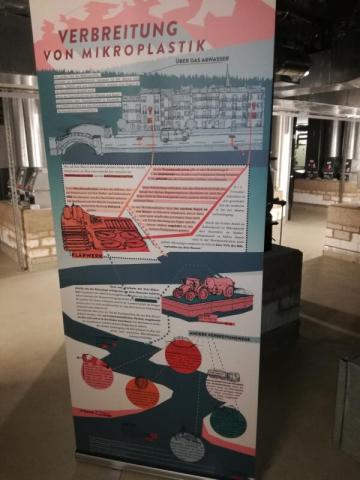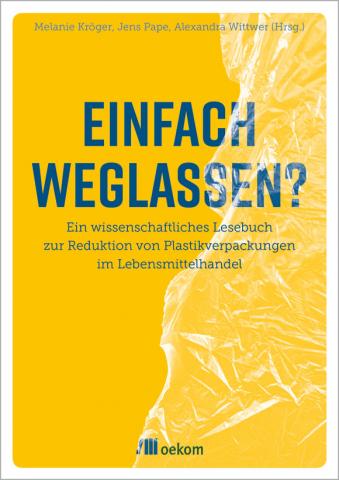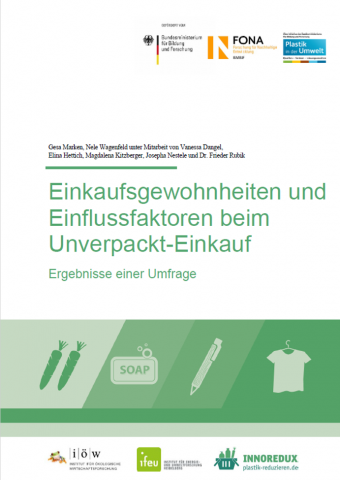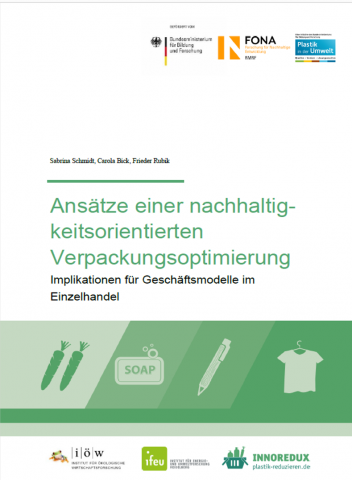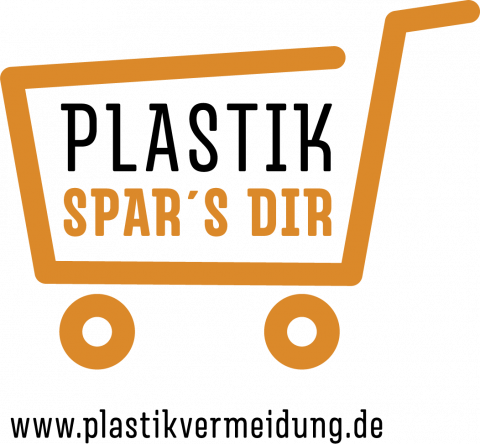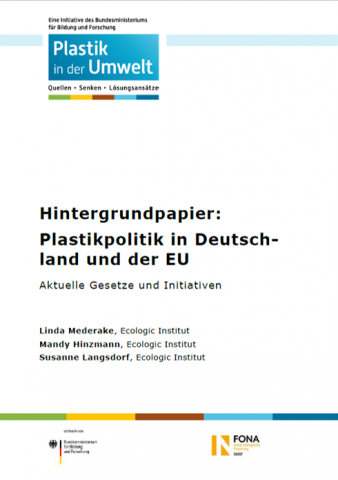Results
We encounter plastic in many forms and functions in everyday life. Especially in supermarkets, extensive plastic packaging often catches the eye of consumers. However, the desire to shop with less packaging does not always translate into the use of more sustainable products.
In this factsheet, joint project KuWert shows how plastic recycling can be profitable. The research team developed a floating recycling platform, mobile and independent of local structures. The system was tested in coastal cities in West Africa, where a lot of plastic ends up in the sea.
The first factsheet of the research focus is dealing with the question of how consumers can save plastic when buying clothes. It is often difficult to know how much plastic is produced along the textile value chain, before a product arrives in the store.
As part of the joint project MikroPlaTaS, a travelling exhibition on the topic of microplastics and plastics has been developed especially for use in schools. In addition to presenting basic information on the use, distribution routes and effects of plastics, the exhibition also presents the research team's own project results.
The discussion about plastic waste is anything but new for German municipalities. In fact, as early as the 1980s, numerous German municipalities were experimenting with plastic waste prevention regulations and waste prevention in general. A further impetus for plastic waste prevention was provided in the early 1990s with the discussions on the introduction of a nationwide packaging ordinance.
Numerous one- to two-person households, an increase in mail-order business as well as the popular "to-go" culture are causing a steady rise in the consumption of plastic packaging in Germany. While approximately 1.8 million tons of plastic were produced per year in 2000, this figure had already risen to 3.1 million tons by 2016.
The paper shows that well meant is not always well done. It deals with the question of blank value entries and how "one" should handle them. It shows that disposable gloves can be a source of false positive PE findings, as they can be coated with sterates, for example, which can be confused with PE by all analytical methods (pyr-GC/MS and spectroscopy).
There is a growing interest in monitoring microplastics in the environment, corresponding to increased public concerns regarding their potential adverse effects on ecosystems. Monitoring microplastics in the environment is difficult due to the complex matrices that can prevent reliable analysis if samples are not properly prepared first.
In order to counteract the problem of the constantly growing volume of packaging in Germany (Schüler, 2019), the Federal Government has promoted the strategy of waste avoidance over other strategies such as reuse, recycling and recovery or disposal strategies of packaging waste in the waste hierarchy of the Circular Economy Act.
Packaging volumes are continuously increasing in Germany. Plastic packaging, with its short lifespan and low global recycling rates, contributes to the accumulation of macro and micro plastics in the environment. Merely switching to glass and cardboard packaging does not appear to be an appropriate solution, as LCA studies suggest.
This article from the German magazine „masche“ portraits the joint project VerPlaPoS. The project examines consumer’s behavior concerning plastics and avoidance strategies at the point of sale.
Simple Generation of Suspensible Secondary Microplastic Reference Particles via Ultrasound Treatment
Microplastics found in nature originate from different sources can be classified accordingly. Primary microplastics are produced as such, whereas secondary microplastics are only created through the weathering of larger plastic parts in the environment.
Plastic particles are almost omnipresent in our environment. Even though nanoplastic pollution also falls into this area of concern, current analytical approaches reach their limits in this size range.
This paper by Schwaferts et al. addresses methodological gaps that exist in the analysis of microplastics. Specifically, it deals with the analysis of nanoparticles, as they are not covered by common analytical methods.
Polycyclic aromatic hydrocarbons (PAH) are widespread and environmentally persistent chemicals and a recurrent focus of scientific and public attention due to their effects on humans and the environment. PAH differ in their properties, but many of them are bioaccumulative and/or toxic to organisms.
Plastic avoidance explained easily.

